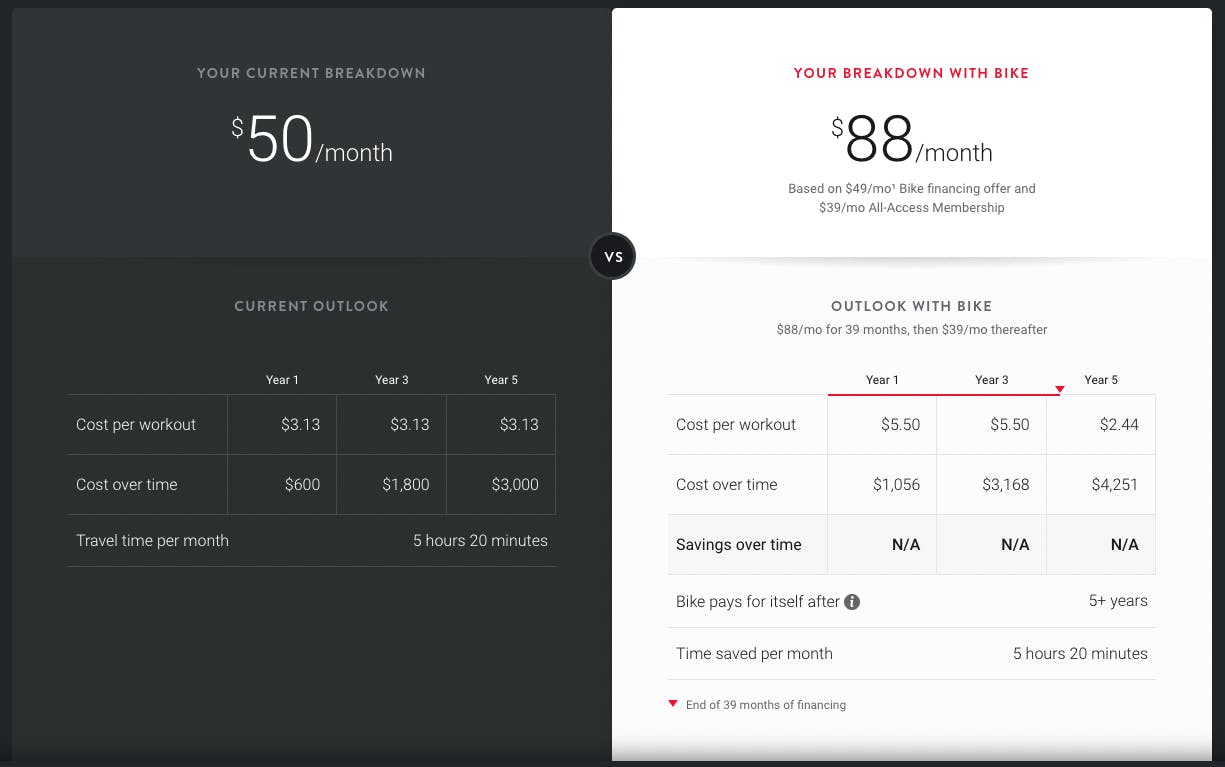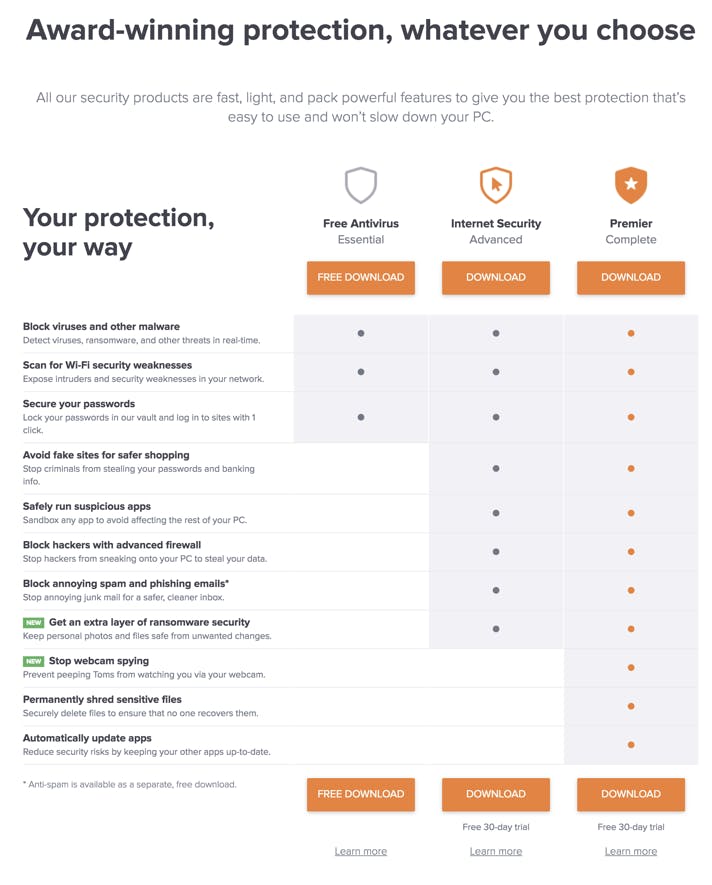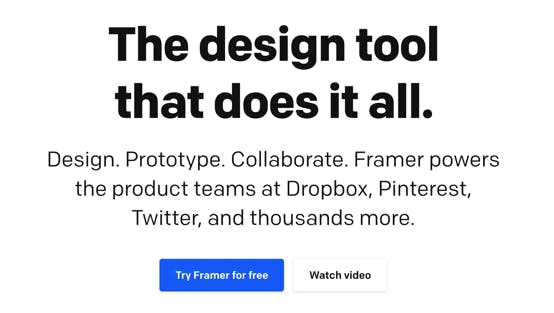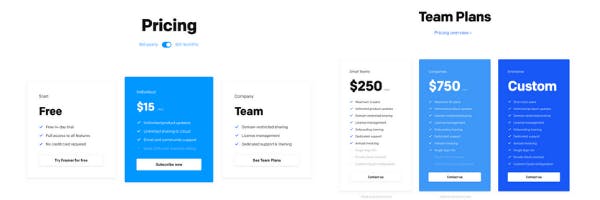If you’re looking for a quick guide to value-based pricing strategy for SaaS businesses, you’ve come to the right place. As a very popular and rewarding pricing strategy for software businesses, in particular, it’s no surprise that it’s got you searching the internet to find out more.
So, what is value-based pricing and how do businesses use it?
What is value-based pricing?
Value-based pricing is a strategy built around your customer's perceived value of your product or service.
More traditional pricing is based on production costs and the standard competitive markup. On the other hand, value-based pricing centers on customers’ willingness to pay for the convenience, advantage, cost savings, or other value they experience in return for adopting your solution.
This means that the amount of revenue you can attain through this pricing method comes down to how you build your brand and frame your value proposition.
Value-based pricing for SaaS businesses
Because once your software has been developed, there are minimal costs involved to power and maintain it - whether for how much it’s being used by an individual, or how many individuals are using it.
This means you can make a profit by selling access to your software. You might choose to sell it at a lower price point and sell to more people or businesses, or at a higher price point to a handful of people or businesses.
You can find out which route is right for your business through thorough customer and market research and analysis.
With either route, it all revolves around how much-perceived value is behind your product and brand. The only way you’ll find that out (and build on it) is by getting customer feedback and information from the target market first-hand.
Behind the strategy of value-based pricing
So, what’s it all about? What are the questions you need to ask yourself if you’re looking into the value-based pricing model for your SaaS business?
Well, for starters:
- What’s your target audience? Are you B2B or B2C?
- How can you segment your audience to create optimum interest between various customer types (and not to mention, budgets)?
For mains:
- Who are you up against within the market? What are they up to?
- What makes you unique against your competitors? What’s your differentiated worth?
For dessert:
- How do you factor in all of this to calculate your business’ perceived value and the value of the product, then apply it to your pricing plan?
If you’re unsure where to start when it comes to answering these questions, our full guide to value-based pricing will help.
3 examples of value-based pricing model in action
1. Peloton:
Peloton is a brand name that has gained a lot of traction in the dreaded year (for most) that was 2020, with their revenue growth percentage hitting triple digits. Quadrupling, in fact.
For those of you familiar with the business, you’ll know the prices can be considered quite steep, with their bikes costing around $2,000+, and that cost doesn’t include the membership fees either.
So, how did they do it? They worked hard on their value proposition — in a number of ways, actually.
Peloton offers gym equipment in the form of bikes or treadmills (and additional accessories), as well as a monthly subscription service to classes. They don’t stop there though, as they also developed an app for those who aren’t keen on dishing out $2K for something they maybe can’t afford, don’t need, or just don’t have space for.
With a name that’s so associated with having to buy — or finance — a bike, what did they do to promote this individual app? A 30-day free trial of course.

Ah, the classic try before you buy. A real winner in the world of value-based pricing, because it gives these new customers a glimpse into the offerings of a business like Peloton, without them having to fork out the cash. But it also gives that business the opportunity to stun them, win them over, and get them willing to fork out the cash because they see the value of a product or service.
Clever, right?
For the customers that aren’t completely sure if buying the Peloton bike or treadmill is for them, Peloton created a comparison calculator to incentivize customers to move from their current exercise regime to a new one.
Take a look. Even when I say my gym membership is costing me only $50 a month (considerably less than paying for a Peloton bike and app on a monthly basis), they still manage to find a way to reel me in. 🎣
Saving precious time is always a worthy selling point.

2. Avast
Next up, we have Avast, antivirus protection and security software for individuals or businesses.
Avast took the time to analyze their customer data and marketplace through a survey before devising a business strategy (which you can see more about here). From this survey, they developed a pricing plan that was optimized to how different customer segments value their product — and in doing so, how to optimize their revenue.
Let's check out what they went for.

From this, we can assess each tier to figure out what they found their customers truly value. Let’s go in for a closer look at their pricing approach.
- Essential (Basic) - Free:
This pricing tier is specifically for those looking for their first taste of Avast. They’re happy with a basic level of security as they want to test drive the product; see what it has to offer. Avast has made sure that the "essential features" are covered in the free-of-charge tier, and in doing so they are attracting as many potential customers as possible.
- Advanced (Standard) - $59.99:
This tier of customers wants some new features but is willing to wait for everything else. The priority of security has meant they need to upgrade from the freemium tier. This is where Avast adds — what we would consider to be — the "differentiator features." The ones that customers value and really want to pay for.
- Complete (Pro) - $79.99 :
This is the tier that wants all the features, especially the latest ones. They want full computer protection, including email, desktop, and webcam. The ability to automatically update other apps is key because once you’re paying a high price, you want to save yourself any extra hassle.
We like it, we like it a lot.
3. Framer
Framer is another example of a business that takes on the "try before you buy" plan pretty well, enticing first-time customers to learn more (and want more).

This is the main feature of their homepage, so they make a point of encouraging people to try before they buy — ideal for those who aren’t ready to make a purchasing decision. If customers are further along in the buying funnel, the demo video is a great touch to show off Framer’s benefits to any designer looking to use it.
As an interactive design and prototyping tool, they’ll be getting the attention of individuals (both B2C and B2B) and teams or businesses. Additionally, they segmented prospective, individual, and teams into their pricing plan.
Your pricing page is the best way to help customers make instant decisions about whether your software is right for them and their budget. It makes all those potential customers’ lives much easier.

Value-based pricing FAQs
Why is value-based pricing important?
The value-based pricing model considers the actual value of the product to set prices that customers will respond to. Value pricing allows businesses to build a loyal customer base, boost sales, and increase profits.
What is the difference between competitive pricing and value-based pricing?
Competitor pricing strategy analyzes the target market and competitors to determine the best price points. Competition pricing works for businesses that offer similar products to competitors who have been in the market for an extended period.
What is the difference between cost-based pricing and value-based pricing?
The cost-plus pricing strategy accounts for the production costs, while the value-based pricing model considers the target market‘s perceived value of the product.



